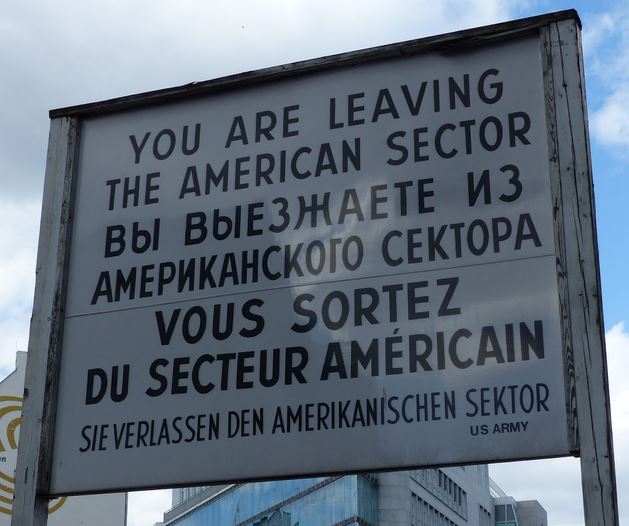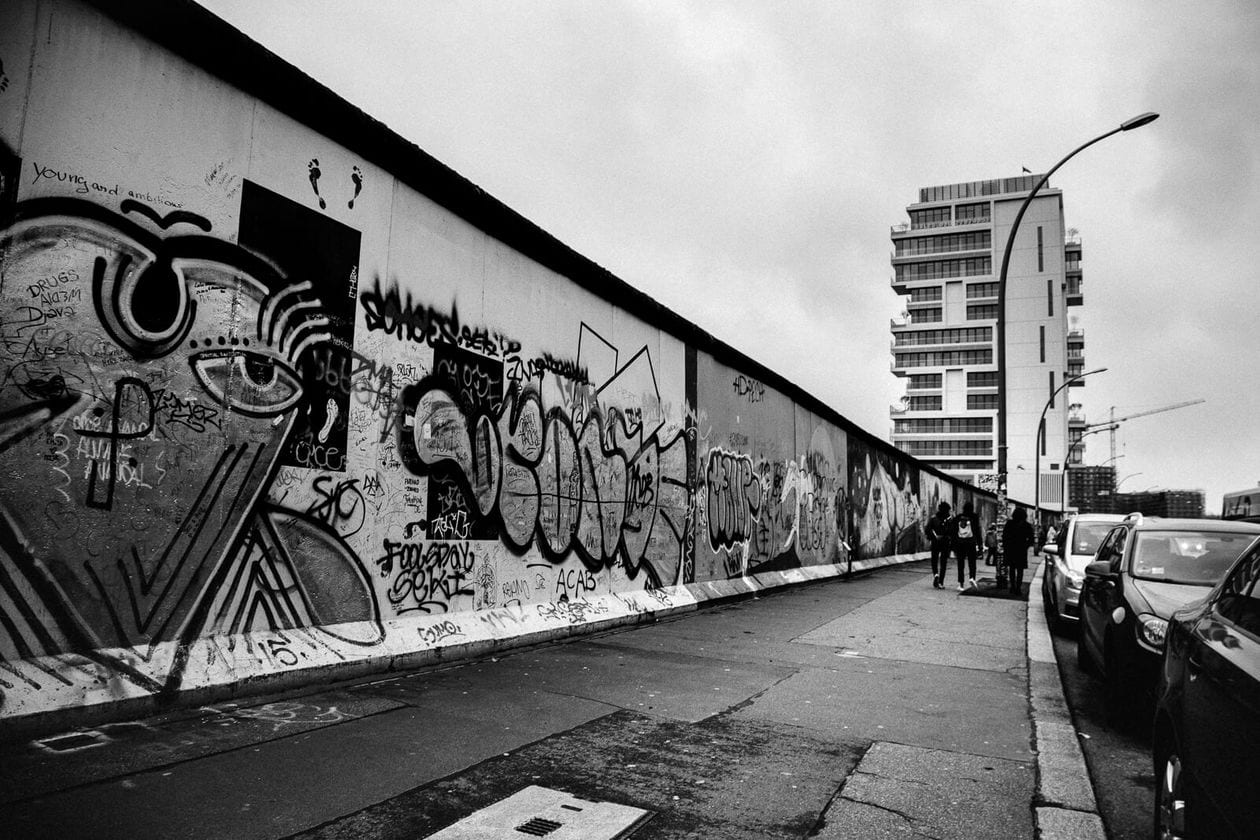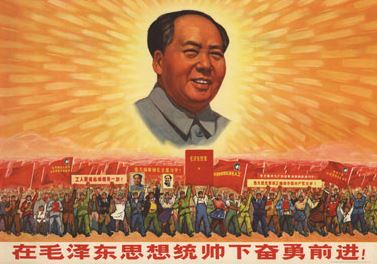

After World War II, the United States launched the Marshall Plan (named after Secretary of State George C. Marshall) to provide financial aid to Europe to speed their economic recovery. The Soviet Union, however, began to impose communist dictatorships on all the eastern European countries that were now under its control.
Germany, in particular, was the stage for this developing showdown between American-style democratic capitalism and Soviet-style totalitarian communism. Western Germany had been liberated by the Americans; eastern Germany by the Soviets. The city of Berlin itself, deep inside the Soviet-controlled half of Germany, was divided between the Western Allies and the Russians. In 1948, the Soviets cut off all land routes to Berlin, essentially placing the city under siege in an attempt to get the Westerners out. The Americans responded with the Berlin Air Lift, continually flying food and supplies into the western part of Berlin for over eleven months. The Soviets, unwilling to shoot down an American airplane, allowed the city to remain divided. To keep people from escaping to the western half, the Soviets built the Berlin Wall across the middle of the city.

The two halves of Germany soon became two separate countries. West Germany became the Federal Republic of Germany, a capitalist democracy. East Germany became the German Democratic Republic, a communist police state. In 1949, the Soviet Union developed nuclear weapons. In response, West Germany joined with France, Britain, the United States, and a handful of other countries to form the North Atlantic Treaty Organization, or NATO, an anti-Soviet military alliance. The Soviets would respond in 1955 with the Warsaw Pact, an anti-American military alliance.
British Prime Minister Winston Churchill described the capitalist/communist divide as "an Iron Curtain [that] has descended across the Continent." In 1952, a French sociologist wrote an article called "Three Worlds, One Planet," in which he divided the world geopolitically into the "First World" of industrialized capitalist democracies, the "Second World" of industrialized communist dictatorships, and the underdeveloped "Third World."

Meanwhile, communism continued to spread across the world, often violently. Election results in Poland were falsified in 1947 to put the Communists in power, and protests were put down with force. The Soviets continued to impose their influence in Europe. Imre Nagy, the leader of the Communist Party in Hungary, was executed after trying to decrease the Soviet Union's influence in his country in 1953. Rebellions against communist rule in Czechoslovakia broke out in the 1968 "Prague Spring" but were brutally crushed.
In 1949, Chinese communists under Mao Ze Dong defeated Chinese nationalists and established the People's Republic of China. The civil war had cost over 9 million lives. Then, inspired by Stalin's Five-Year Plan, Mao instituted the "Great Leap Forward," which like the Five-Year Plan caused a famine that killed 30 million people. Mao then launched the "Cultural Revolution," a widespread political purge that resulted in approximately 20 million deaths.
With communism making things so wonderful around the world, Western Europe and the United States adopted a policy of containment: avoid direct conflict with the Soviet Union, but prevent communism from spreading wherever possible. The Cold War had begun.
Considering its enormous death toll and inevitable slide into totalitarianism, why did communism spread so quickly across so much of the world?